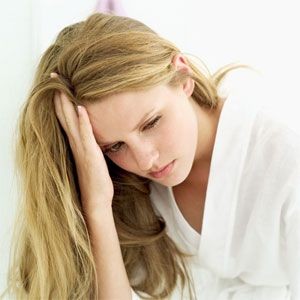Sleepwalking is getting up and walking around while in a state of sleep and it is also known as somnambulism. It is common in children than in adults and it usually outgrown when they reach their teen years. Sleepwalking that recurs very frequently can be caused by some sleep disorders.
Sleepwalking is less common in adults but it can be caused by some sleep disorders, medical and mental health conditions. Sleepwalking is classified as parasomnia which is an undesirable behavior which is experienced during sleep. By enrolling in a first aid course, you can handle any injuries that can occur when an individual is sleepwalking.
A person who is sleepwalking experiences the following:

- Sitting up in bed and opening his/her eyes
- Getting out of bed and walking around
- There is difficulty in walking during an episode and does not respond or communicate with other people
- Glazed and glassy-eyes
- Disoriented or confused for a short time after waking up
- Engaging in routine activities such as dressing up, talking or preparing a snack
- Difficulties in functioning during the day caused by disturbed sleep.
- Returns to a state of sleep
- In addition to sleepwalking, he/she experiences sleep terrors and does not remember the episode upon waking up in the morning
Causes of sleepwalking
Sleepwalking can be caused by fatigue, stress, depression, deprivation of sleep, anxiety due to separation as well as anxiety in children and even fever.
Sleep walking can also be caused by disruption in the sleeping pattern. Medications and substances such as hypnotics, sedatives or prescribed drugs for psychiatric illnesses and also alcohol can also cause sleep walking.
Sometimes sleepwalking can be caused by conditions that interferes with sleep such as the following:
- Sleep-disordered breathing which a group of disorders where there is an abnormal breathing pattern during sleep such as obstructive sleep apnea.
- Restless leg syndrome
- Narcolepsy
- Gastroesophageal reflux disease or GERD
- Migraines and conditions such as hyperthyroidism, stroke or head injury
Treatment and home remedies
- Close and lock all windows and doors at night and place alarms or bells. Install gates on stairways and remove all electrical cords or other objects that can cause the individual to trip. The individual should sleep in a bedroom in the ground floor and don’t let the child who sleepwalks to sleep in a bunk bed.
- Get plenty of sleep and avoid being fatigued
- Before going to bed, perform some calming activities such as reading books, playing games such as puzzles and soak in a warm bath. Meditation and relaxation can also help with sleepwalkers.
- Minimize the level of stress
- Keep a record of any sleepwalking episodes since this is useful in planning anticipatory awakenings.
Prevention of sleepwalking
- Set a regular bedtime schedule that includes eight hours of sleep and create a comfortable environment such as a quiet, cool and dark room with comfortable pillows and mattress.
- Manage certain conditions such as sleep apnea, restless leg syndrome and GERD in order to prevent episodes of sleepwalking.
- Record the beginning and ending of any sleepwalking episodes and if a pattern forms, awaken the affected person 20 minutes before the usual time an episode will start.
